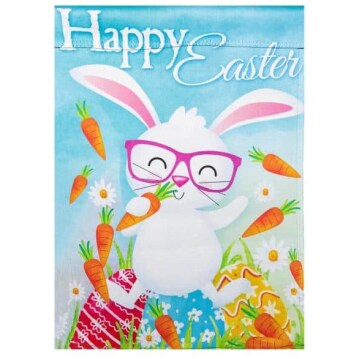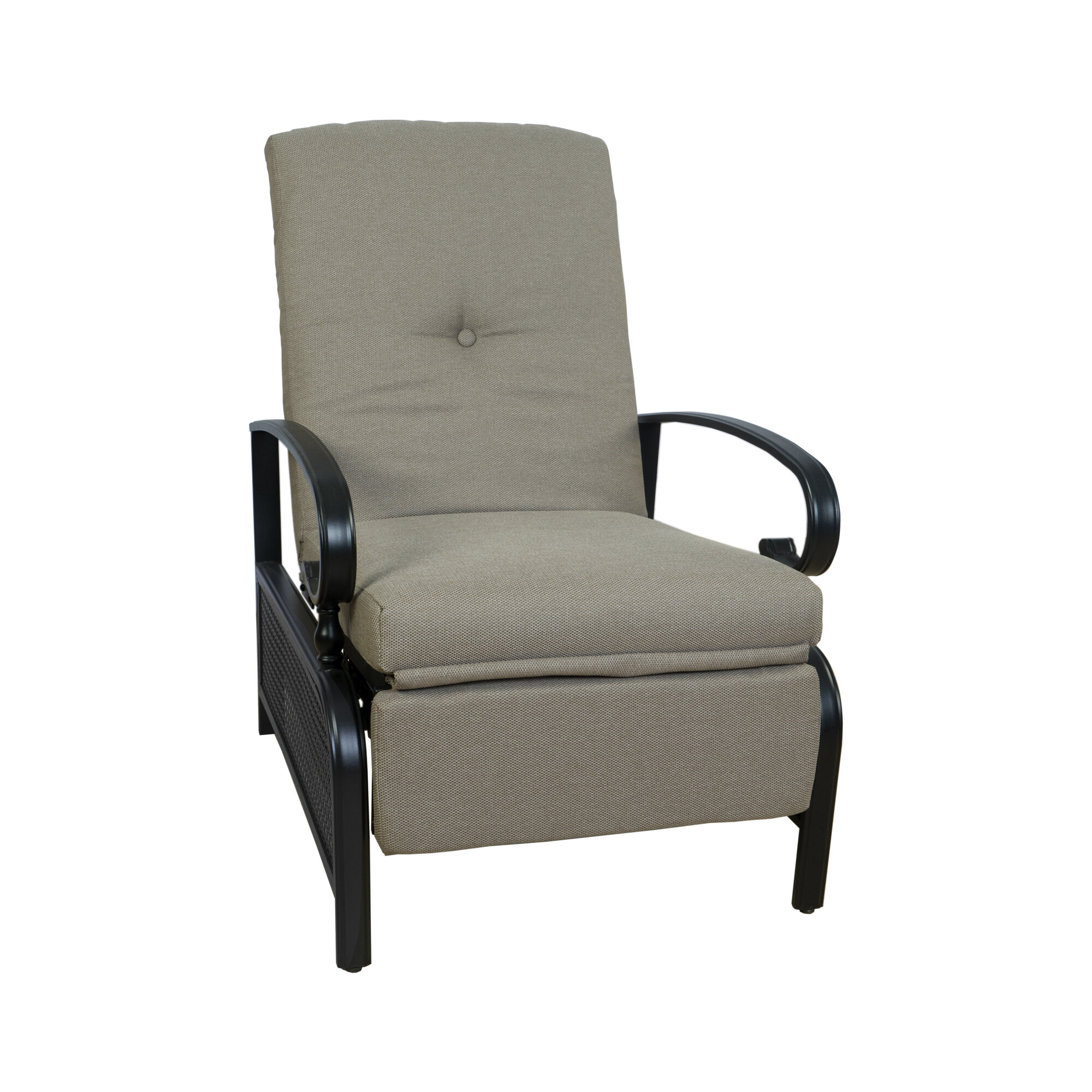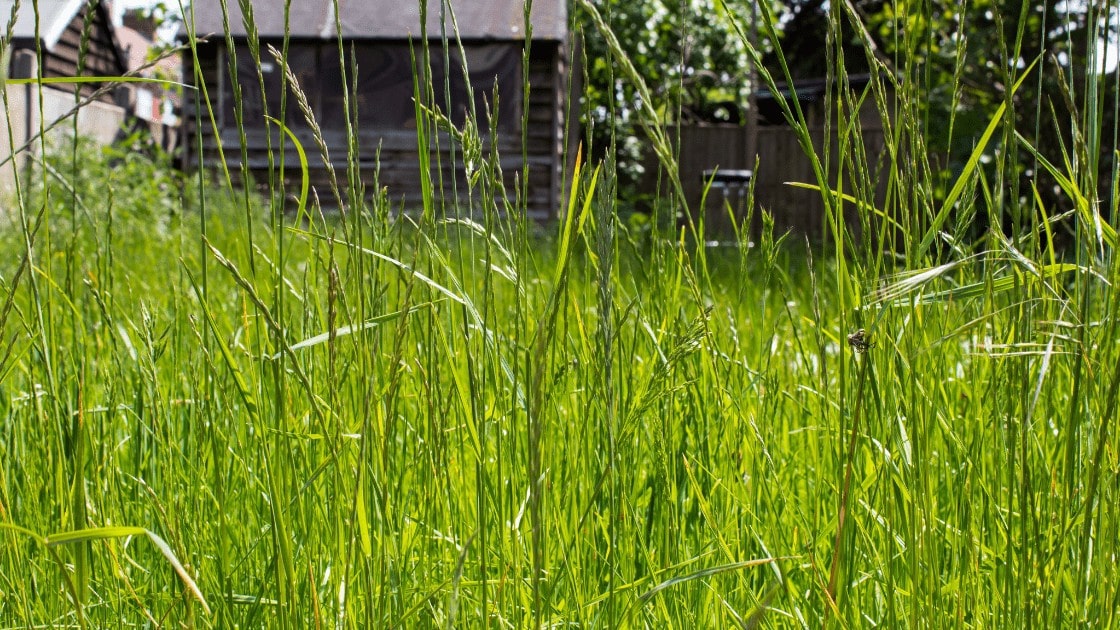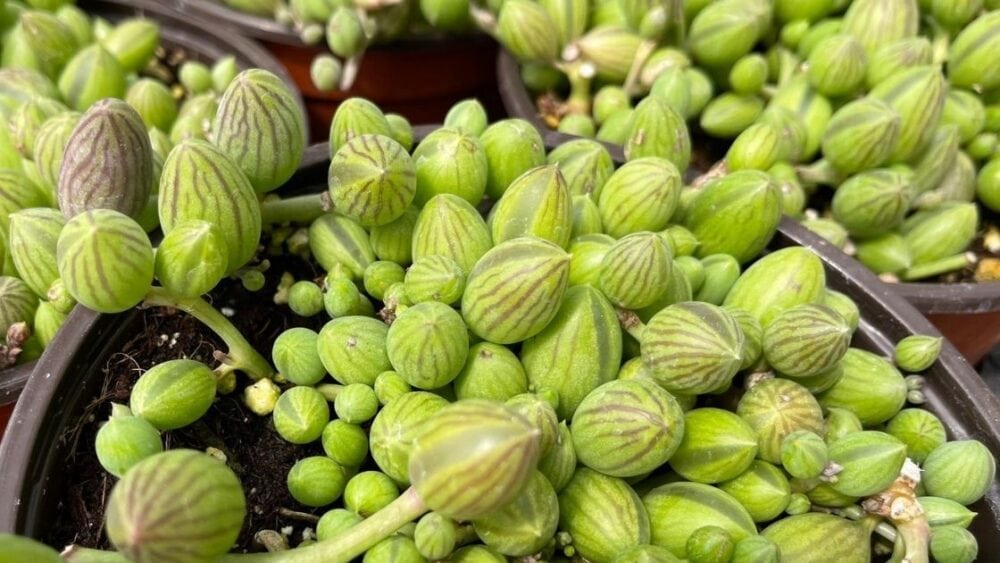
Enduring timeless and love: that is what succulents symbolize. Succulents have gained popularity since 2007, and ever since, it has been welcomed to homes worldwide. Indeed it has proven it’s a timeless beauty and is loved by many for a long time.
So why are succulents so special? Why is it one of the best house plants? Here are some reasons why succulents are special, for sure you’ll appreciate what you have at home. If you don’t have one, it’s time to consider buying succulents for your home or office.
What Are Succulents?
Succulent comes from the Latin word “succus,” which means “sap” or “juice. This makes sense because it stores water in its leaves and stems. Succulents are defined as drought-resistant plants with thick and engorged parts that retain water to survive harsh climates and soil conditions. Remember that all succulents are xerophytes (plants that can survive in very little water), but not all xerophytes are succulents. [1]
Browse our Affiliate Products
Cacti are usually confused with succulents; cactus have thorns, succulents don’t. Cactus are drought-resistant and stores water on its leaves and stems, which makes them a succulent. In short, all cactus are succulents, but not all succulents are cactus (because if it has no thorns, it is not a cactus).
Succulents originally came from places with dry seasons such as the deserts of Africa and the Middle East. It has many types, species, colors, shapes, and sizes that features spines and blossoming flowers. It will even survive freezing temperatures during winter, which makes it a great indoor and outdoor plant.
What Is the Point of Succulents?
There are many reasons why growing a succulent at home (or in your office) can bring so much joy and benefit. These timeless beauties are not just for show, but they reap a lot of benefits as well. It will amaze you how a small pot of succulent can bring such big changes.
Succulents Help Improve Air Quality
Succulents do three things to improve air quality: absorbs carbon dioxide, produce oxygen, and absorb humidity. Like any other plant, succulents absorb carbon dioxide and other harmful gases in the air. The plants suck in into their roots for photosynthesis, the process of producing its food using carbon dioxide and water. Oxygen is a byproduct of photosynthesis, so succulents can purify the air and improve the airflow inside the home.
Health Benefits of Succulents

Two of the succulents which are popular for their health benefits are the yucca and aloe vera. We all know aloe vera is widely used as a face cream and body lotion to moisturize the face and skin. The aloe vera juice is also a popular health drink to reduce digestive inflammation. If you’re suffering from arthritis or joint pain, you may choose yuca as alternative medicine.
Lightens the Mood
Most plant-mommies and daddies would agree on how succulents or any other plants improve their mood. Succulents are available in different sizes, colors, shapes, and some even have flowers. Glancing through something “green and alive” can lighten your mood and bring a smile to your face.
There are satisfaction and happiness brought about by taking care of a plant too. Watching them grow every day, and seeing them blossom into something beautiful will surely lighten your mood. If you own a plant, you will agree with this statement. If you do not have one, start with a succulent and see how it has lightened your mood.
Helps With Memory and Concentration
Have you ever worked for long hours and lost all your concentration? Then you said to yourself, “I need to take a walk outside”. This is a popular technique to improve memory and concentration, thanks to the calming effect of nature. That is through fresh air, green plants, and colorful flowers when we take a walk outside.
Studies conducted by the University of Michigan state that having plants indoors (like succulents) improves memory and concentration by twenty percent. It is advisable to place succulents on tables for studying students (no wonder you can see plants in some libraries). Also, for work tables of adults, that is why I have emphasized earlier that you can place it in your office too.
The point of owning a succulent is easily explained; it has many benefits, but it does not require a lot of care. There’s no reason why you could not fall in love with the beauty of a succulent. [2]
What Do Succulents Symbolize?
In the flower world, in general, succulents represent enduring and timeless love. Since it can endure any type of weather and stand the test of time, it deserves its title. But there are 100+ types of succulents, and each one of them symbolizes something.
In Feng Shui, succulents symbolize money and gold. It is believed that you attract fortune inside your home when you have a succulent. Its green color symbolizes harmony, love, balance, and acceptance. In fact, the Succulent Terrarium is known as one of the Lucky Feng Shui plants.
The Jade plant, another succulent, is also considered a good luck charm for financial needs. You may see in Asian-owned businesses that there are jade plants because they are regarded as a lucky plant or money plant.

This is why succulents are so special. They’re low-maintenance, have a lot of benefits, and symbolizes wealth. Who does not want to attract fortune and prosperity? It wouldn’t even hurt to try, right?
What Are the Different Types of Succulents?
There are more or less 160+ different succulents, with 60+ families of plants categorized as such. It would take a long time to list them all down, wouldn’t it? They have different textures, colors, shapes, methods of care, purpose, and diversity. These are the families of succulents, and under each family are different kinds of species too. We’ll get into detail with a few of the most popular succulent families.
Aloe Succulents:
Let’s start with the Aloe succulent with 16 known types. There’s the Aloe vera, which we popularly know as the medicinal Aloe. There’s the Aloe black beauty with bumpy, stiff, and dark leaves that produce coral-colored flowers during Spring. The aloe succulents need full sun, and at least once a week watering directly on the soil.
Indoor Succulents:
Succulents can also be classified as indoor and outdoors. So if you’re looking for indoor succulents, you can choose from Jade plants, Aloe vera, the most common Echeveria family (Black Prince, Doris Taylor, Mexican Snowball, Minima, and Purpusorum). The Zebra plant with horizontal stripes covering the leaves. There’s also the
panda plant and the crowd-favorite Crown of Thorns. If you want to add a splash of color indoors, the Crown of Thrones can bloom all-year-round.
Most indoor succulents can be placed near a window where it can be exposed for at least six hours of sunlight. When it comes to watering needs, there are two principles that need to be remembered. First, water your succulents once a week (two the most). Second, water the succulents if the soil is dry. I will emphasize later on how to maintain and care for succulents.
If your interested in smaller succulent varieties, check out this article: Mini Succulents: The Big World of small plants.
To view our succulent article category, click here: Succulent Articles
If your looking for plants, check out our succulent affiliate category: Succulents Plants
Outdoor Succulents:
Even outdoor succulents are easy to grow and low-maintenance. If you’re the type who wants a beautiful landscape but does not have the time to maintain the lawn regularly, choose outdoor succulents. It doesn’t matter if you live in hot places or regions with winter because outdoor succulents will thrive.
Some of the most famous outdoor succulents include Aeonium, which has rosettes or flower form leaves. You may also opt for Agave specimens, which pretty much look like big pineapple heads from afar. If you want some striking colors from afar, you can place the Crassula, Dudleya of Euphorbia plants.
Just a tip when placing succulents outdoors is to combine the plants that need more moisture and separate the ones in need of less water. This way, you just don’t randomly water them, placement is the secret to longer living succulents. Also, if you experience winter, expect your outdoor succulents to sink. But when spring comes, some of them will once again blossom. You’ll find it amazing!
Are Succulents Easy to Maintain?
Regardless of the type of plant family, yes, succulents are easy to maintain. In the first place, plants are classified as succulents if they are not “survivors”. Only minimal care is needed when caring for succulents. Generally, succulents have the same maintenance tips.
Indoor vs. Outdoor:
Some succulents are best for outdoor only, indoor only, or both. Before deciding where to place your succulent, conduct some research if your plant needs more air. The right placement of your succulent contributes to its lesser need of upkeep.
Sun Exposure:
Yes, succulents love the sun. When it comes to sun exposure of succulents, the rule of thumb is three to six hours a day. In excess of that, or temperatures in scorching heat may not be healthy for the plant. It is suggested to transfer indoor succulents from time to time, rotate their placement (for indoor plants so the other side can also get some sun), and place some shade from time to time (especially for outdoor succulents).
Right Soil:
The right soil is ready to buy a fast-draining cactus mix. If you opt to come up with your own mixture, you may use: pebbles or gravel on the bottom, small parts of charcoal, then traditional potting soil. Remember that when preparing its soil, it must be fast-draining (or lose preparation). For more information about soil, click here to read our report on soils.
Watering Instructions: There are three tips when watering indoor and outdoor succulents. First, directly water into the soil, not the leaf as it may cause watermarks, and may not absorb the water well. Second, water when the top one to two inches of the surrounding soil is dry. The third and most important rule is: do not overwater. Overwatering is the major cause of death of succulents; you remember that. [3].
To find a wide variety of succulents, Check out our affiliates below.
Outdoor Growing vs. Indoor Growing
Are you confused about where to place your succulents? There are succulents that are best grown indoors, there are some that thrive better outdoors, but some can do both. So how do you decide? Here are some factors to consider:
- The type of succulent you want: Pick a succulent you like and do some research, whether it thrives better indoors or outdoors.
- Weather all-year-round: If your place experience winter, and want to place it outdoors, choose succulents that can survive snow frosts. If not, better yet opt for planting indoors. If you live in a tropical place with scorching temperatures, some succulents cannot survive outside, so better place them indoors.
- Your Goals: If you want an attractive landscape, opt for succulents that are best placed outdoors. If you want something green inside your house, choosing the best spot where you can place your succulent (near the window is perfect).
What’s better? Outdoor Growing vs. Indoor Growing?
When it comes to maintenance, indoor succulents have easier care. But if you have ample space outdoors, why not show the world the beauty of your succulents? You can even make succulent gardens, walls, place it in the fountain, and many more. If you can place both indoor and outdoor succulents, then why not? The more, the merrier, right?
Is Propagation Easy?
Yes, the propagation of succulents is easy. Just place leaf cuttings on top of the succulent soil mixture. Just put it in a shallow layer, and do not bury it very deep. Keep it moist by misting water. After three weeks, you will see tiny pups sprouting. When the mother leaf falls off (usually around the eight weeks), the pups are ready to be planted.
Conclusion
Succulents are special plants that everybody just loves. It is trendy even for the younger generation, especially those taking baby steps to having green thumbs themselves. They look so pretty that it even became one of the most popular wedding giveaways. There is a belief that fortune plants like succulents are best received because the recipient will attain wealth and fortune.
There are many reasons why succulents are so special. Better find out yourself and get one. Happy planting!
References:
[1] https://en.wikipedia.org/wiki/Succulent_plant
[2] https://www.architecturaldigest.com/story/how-to-care-for-succulents
[3] https://www.succulents.net/7-benefits-growing-succulents-home/










